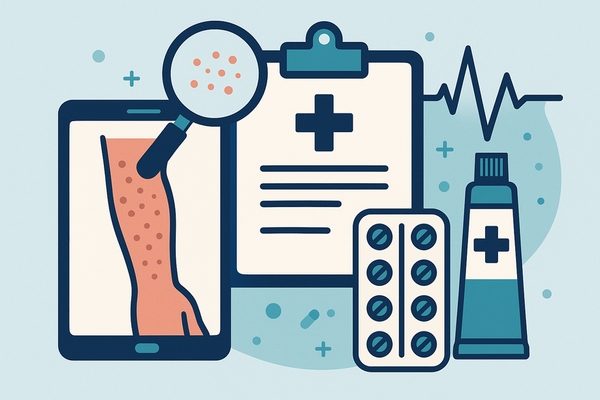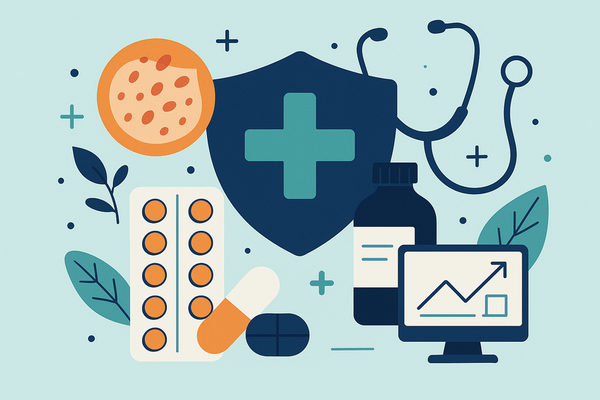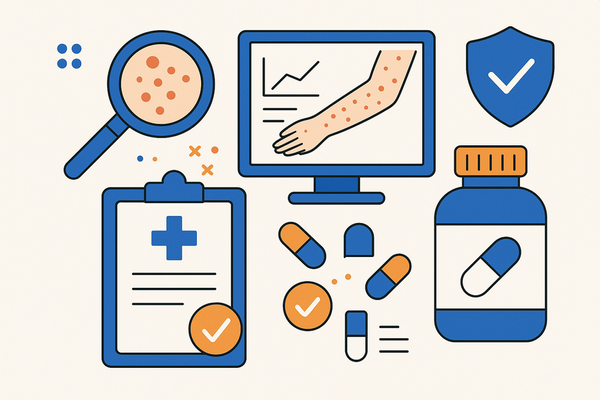Medication Rash Treatment: A Comprehensive Guide to Identifying and Managing Drug-Induced Rashes
Discover essential strategies for identifying and treating medication-induced rashes, including preventive measures and self-care tips, in this comprehensive guide.
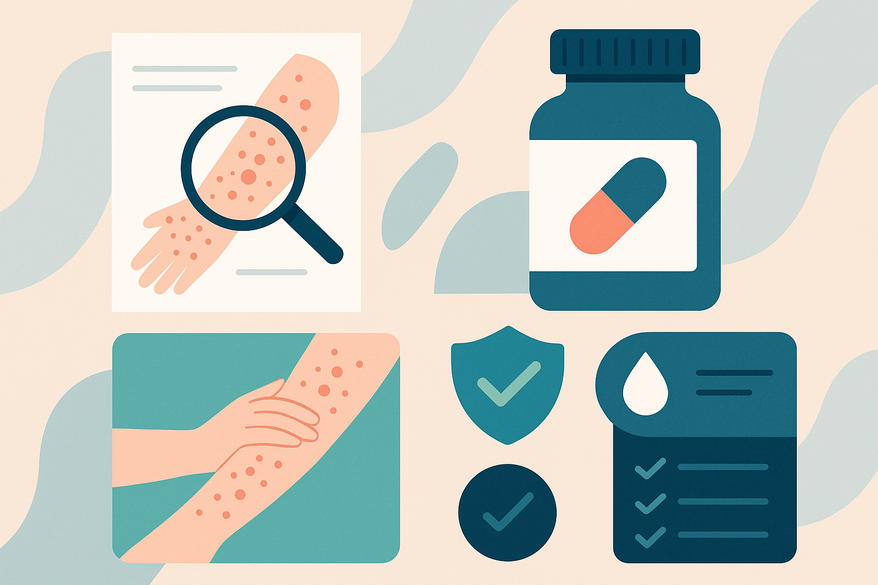
Estimated reading time: 8 minutes
Key Takeaways
- Medication-induced rashes range from mild redness to life-threatening reactions.
- Early recognition and drug withdrawal are crucial to prevent complications.
- Diagnosis involves history, physical exam, and sometimes laboratory or skin tests.
- Treatment options include antihistamines, corticosteroids, and advanced therapies for severe cases.
- Self-care strategies and preventative measures help reduce risk and recurrence.
Table of Contents
- Section 1: Understanding Medication Rashes
- Section 2: Identifying Medication Rashes
- Section 3: Diagnosis and Medical Guidance
- Section 4: Medication Rash Treatment Strategies
- Section 5: Self-Care and Home Remedies
- Section 6: Prevention and Future Considerations
- Rash Detector for At-Home Analysis
- Additional Resources
Section 1: Understanding Medication Rashes
Definition and Scope
- Mayo Clinic: a skin reaction in response to prescription or over-the-counter drugs.
- Becker ENT & Allergy: includes both allergic and non-allergic mechanisms behind drug rashes.
Common Drug Classes That Cause Rashes
- Antibiotics – Penicillins (e.g., amoxicillin), Sulfa drugs (e.g., sulfamethoxazole)
- Anticonvulsants – Phenytoin, Carbamazepine
- NSAIDs – Ibuprofen, Naproxen
- Other Medications – Allopurinol, Antiretrovirals
Mechanisms of Reaction
- Allergic (immune-mediated) – urticaria, angioedema, pruritus
- Non-allergic (pharmacologic) – localized erythema, minimal itching
Why Early Recognition Matters
- Prevents escalation to Stevens-Johnson syndrome or toxic epidermal necrolysis
- Allows prompt drug withdrawal and reduces risk of scarring or systemic involvement
Section 2: Identifying Medication Rashes
Recognizing the red flags of a drug rash can save lives.
Key Signs and Symptoms
- Redness (erythema)
- Swelling (edema)
- Itching (pruritus)
- Hives (urticaria)
- Blistering or peeling
- Systemic signs (fever, malaise)
Mild vs. Severe Reactions
- Mild: limited distribution, low-grade itching, no systemic signs
- Severe: widespread lesions, mucosal involvement, fever >100.4°F (e.g., Stevens-Johnson syndrome, toxic epidermal necrolysis)
Tracking Onset and Progression
- Maintain a detailed timeline of dosing and rash appearance
- Record all medications, supplements, and topical products
- Photograph your rash daily – see how to track rash progress pictures
Section 3: Diagnosis and Medical Guidance
When to Seek Professional Help
- Difficulty breathing or wheezing
- Facial or throat swelling
- High fever (>100.4°F)
- Rapidly spreading rash
- Mucosal ulcers or pain when swallowing
Diagnostic Workup
- Physical examination
- Detailed patient history
- Laboratory tests and skin testing
Section 4: Medication Rash Treatment Strategies
Effective treatment starts with stopping the offending drug under medical guidance.
Immediate Steps
- Discontinue suspected medication
- Supportive measures – hydration, vital sign monitoring
Over-the-Counter Remedies
- Antihistamines – cetirizine, diphenhydramine
- Topical agents – calamine lotion, 1% hydrocortisone cream
Prescription Interventions
- Topical corticosteroids – triamcinolone (0.1%–0.5%)
- Oral corticosteroids – prednisone taper (5–14 days)
- Severe cases (SCARs) – hospitalization, IVIG, cyclosporine
Emerging and Adjunctive Therapies
- Immunomodulators (cyclosporine, mycophenolate)
- Drug desensitization protocols
Section 5: Self-Care and Home Remedies
Cooling Strategies
- Cool, damp compresses
- Maintain a comfortable ambient temperature
Skincare Tips
- Use gentle, fragrance-free cleansers
- Apply hypoallergenic moisturizers
- Wear loose, breathable clothing
Section 6: Prevention and Future Considerations
Pre-Treatment Assessment
- Disclose past drug allergies to healthcare providers
- Review ingredient lists on medication labels
Communication Tools
- Allergy wallet card or medical alert bracelet
- Digital records on your smartphone
Long-Term Strategies
- Avoid re-exposure to the culprit drug
- Enable EMR alerts for documented drug allergies
Rash Detector for At-Home Analysis
For instant insights, use the AI-powered Rash Detector app to analyze photos of your rash and receive a sample report in seconds.
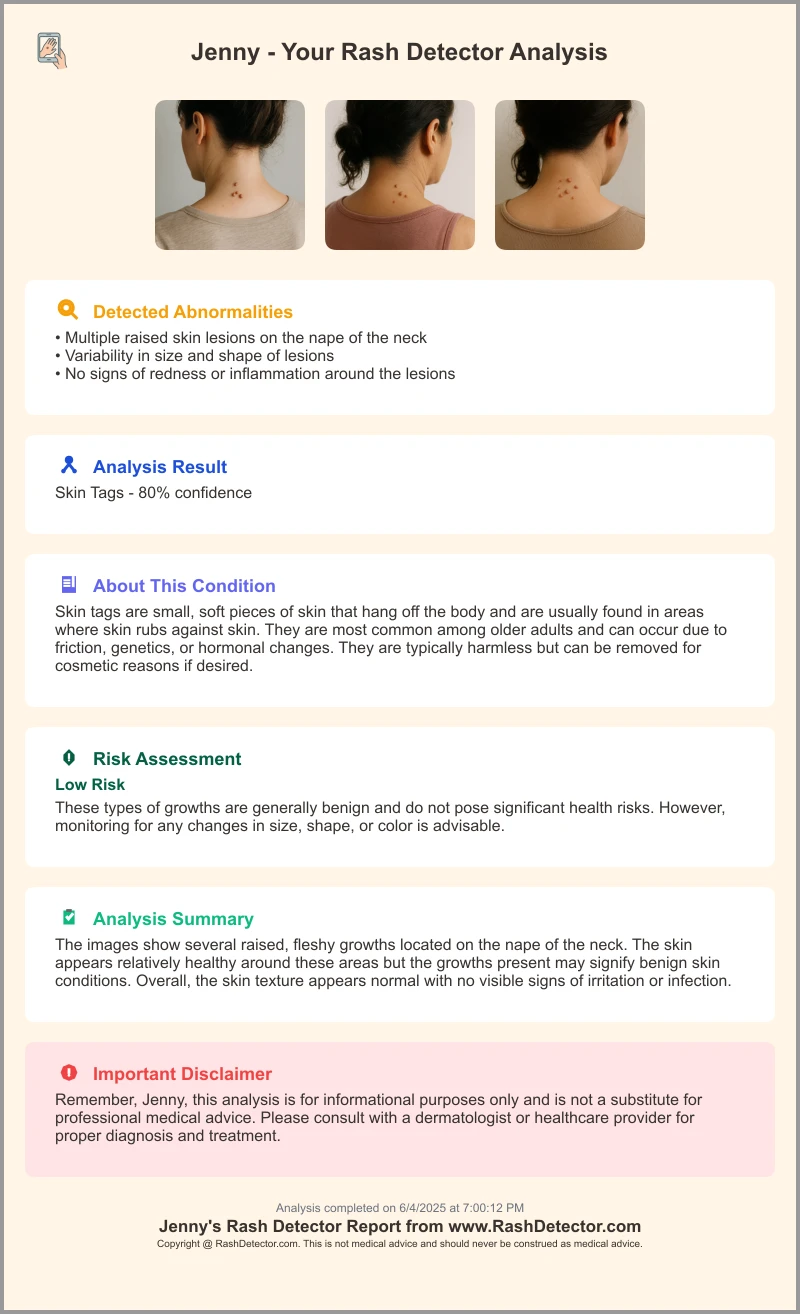
Additional Resources
FAQ
Q: What causes medication rashes?
A: Medication rashes occur when the immune system or a pharmacologic reaction triggers skin inflammation in response to certain drugs, such as antibiotics, anticonvulsants, or NSAIDs.
Q: How are severe drug rashes treated?
A: Severe reactions often require hospitalization, discontinuation of the offending drug, systemic corticosteroids, IVIG, or immunomodulators under specialist care.
Q: Can home remedies help relieve itching?
A: Yes, cool compresses, hypoallergenic moisturizers, and over-the-counter antihistamines or hydrocortisone cream can provide symptomatic relief.
Q: How can I prevent future medication rashes?
A: Keep an allergy wallet card, inform healthcare providers of past reactions, review medication labels, and ensure EMR alerts are active for known drug allergies.



